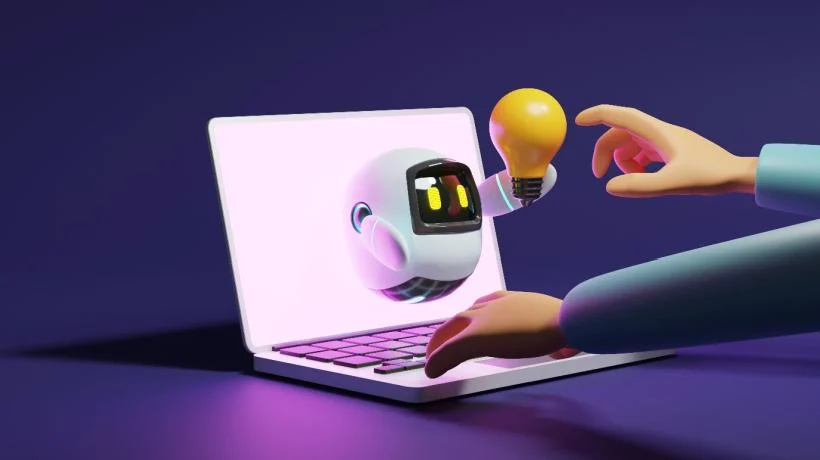AI has disrupted nearly every industry—but few have seen a transformation as rapid and meaningful as education. The difference between 2024 and 2025 marks a shift from using AI as a supplementary tool to seeing it as an embedded, interactive element of the classroom experience. In this post, we break down the major differences between AI in education over the past two years.
1. Teaching Tools: From Support to Co-Instructor
✅ 2024 Overview
Tools like ChatGPT and Google Bard were used for content generation and grading help.
Teachers used AI to build lesson plans, quizzes, and summaries.
Some institutions tested AI tutors for homework help.
🚀 2025 Upgrade
AI acts as a co-instructor, answering student questions in real time during class.
Smartboards now integrate with generative AI to create diagrams, code, and translations on the spot.
Personalized learning pathways are generated automatically based on student performance data.
WordPress Integration Tip: Use plugins like Tutor LMS or Sensei to create interactive courses enhanced with AI-based assessments and feedback tools.
2. Student Experience: Passive to Personalized
✅ 2024 Learning Style
Students accessed pre-recorded videos, AI-generated summaries, and flashcard apps.
Adaptive learning systems existed, but were limited to standardized testing modules.
🚀 2025 Enhancement
AI now delivers real-time personalized feedback during live classes and homework.
Emotion detection tools gauge student engagement and suggest pacing changes.
Multilingual AI assistants help ESL students learn more efficiently.
AdSense Tip: If monetizing educational content, avoid aggressive interstitials and place ads below fold or between modules to maintain usability.
3. Assessment & Grading: Efficiency Meets Ethics
✅ 2024 System
AI-assisted grading was common in multiple-choice and short-answer formats.
Plagiarism tools were widely used, including Turnitin with ChatGPT detection.
🚀 2025 Innovations
AI now evaluates creative and open-ended responses with sentiment and tone analysis.
Teachers use AI to spot learning gaps, not just wrong answers.
Ethical concerns have prompted schools to require transparency around AI evaluation criteria.
EdTech Tip: Use tools like Gradescope AI or Copyleaks AI Detector for scalable, fair assessments.
4. Administrative Use: Scheduling to Predictive Analytics
✅ 2024 Process
AI helped with admin tasks like scheduling classes and analyzing attendance data.
Chatbots handled basic student queries and admissions support.
🚀 2025 Expansion
Predictive AI identifies students at risk of dropping out based on behavioral and performance data.
AI models optimize teacher workloads and identify burnout patterns.
Virtual assistants for faculty now handle emails, file management, and calendar conflicts.
Privacy Reminder: Always disclose the use of AI and analytics per local education and data protection laws (e.g., FERPA, GDPR).
5. Accessibility & Inclusion: From Tools to Equalizers
✅ 2024 Focus
AI tools like text-to-speech, closed captions, and alt-text generators improved accessibility.
Accommodations were largely user-dependent.
🚀 2025 Impact
Real-time sign language avatars now interpret classroom lectures.
AI modifies learning environments automatically for neurodiverse students.
Educational platforms now feature built-in DEI (diversity, equity, inclusion) AI models to audit content.
WordPress Plugin Tip: Add plugins like WP Accessibility or Equalize Digital to ensure all users benefit from your content.
Conclusion: Education’s AI Future Has Already Begun
The jump from 2024 to 2025 marks the shift of AI from helper to partner. While ethical questions, data privacy, and teacher training remain hot topics, it’s clear that AI is redefining the classroom. Whether you’re an educator, student, parent, or edtech innovator, adapting to these changes is no longer optional—it’s essential.
FAQs
Q: Is AI replacing teachers in 2025?
A: No, but it’s becoming a powerful assistant. Teachers still lead learning, while AI handles personalization and support.
Q: Are students becoming too reliant on AI?
A: That’s a growing concern, which is why educators are focusing on AI literacy, not just usage.
Q: What’s the most impactful AI tool in 2025 classrooms?
A: AI tutors integrated with real-time learning platforms are currently having the biggest impact on student outcomes.



